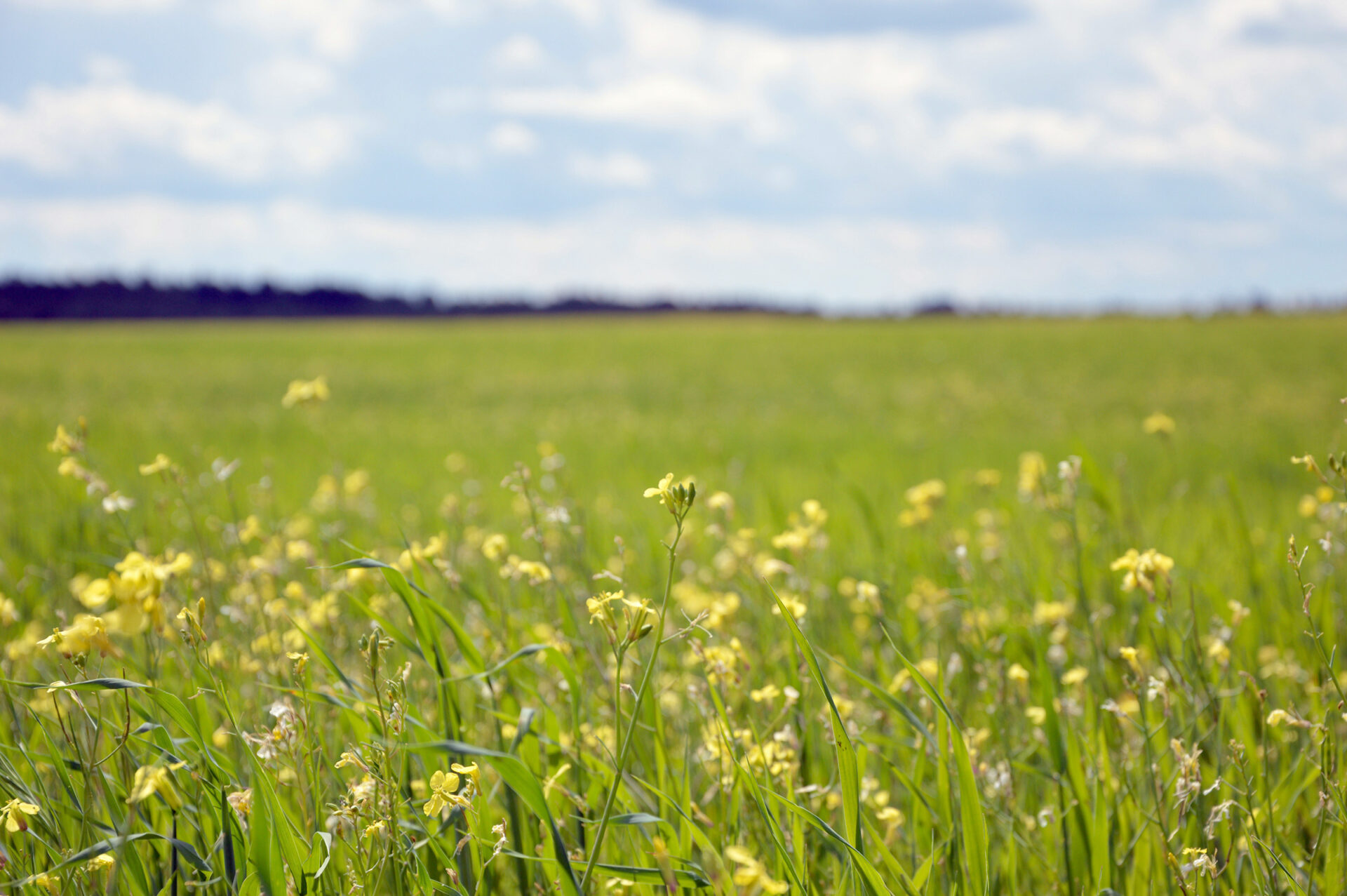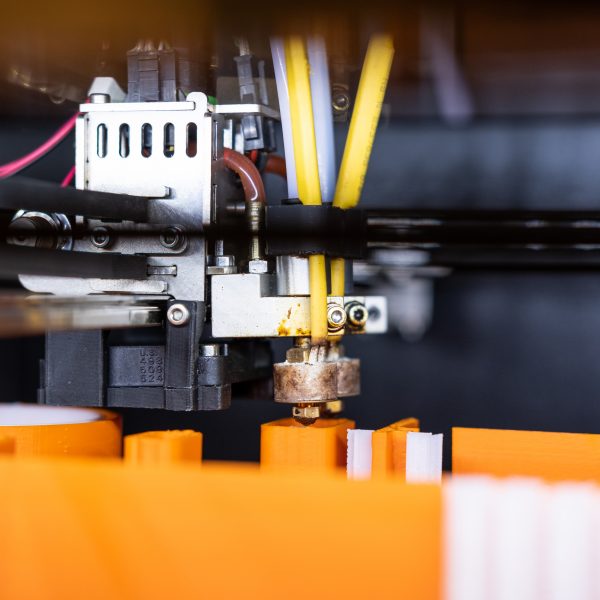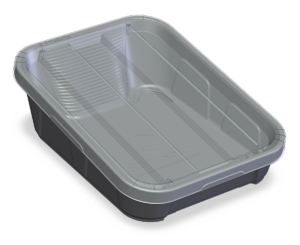
Container for a sun-driven hand wash
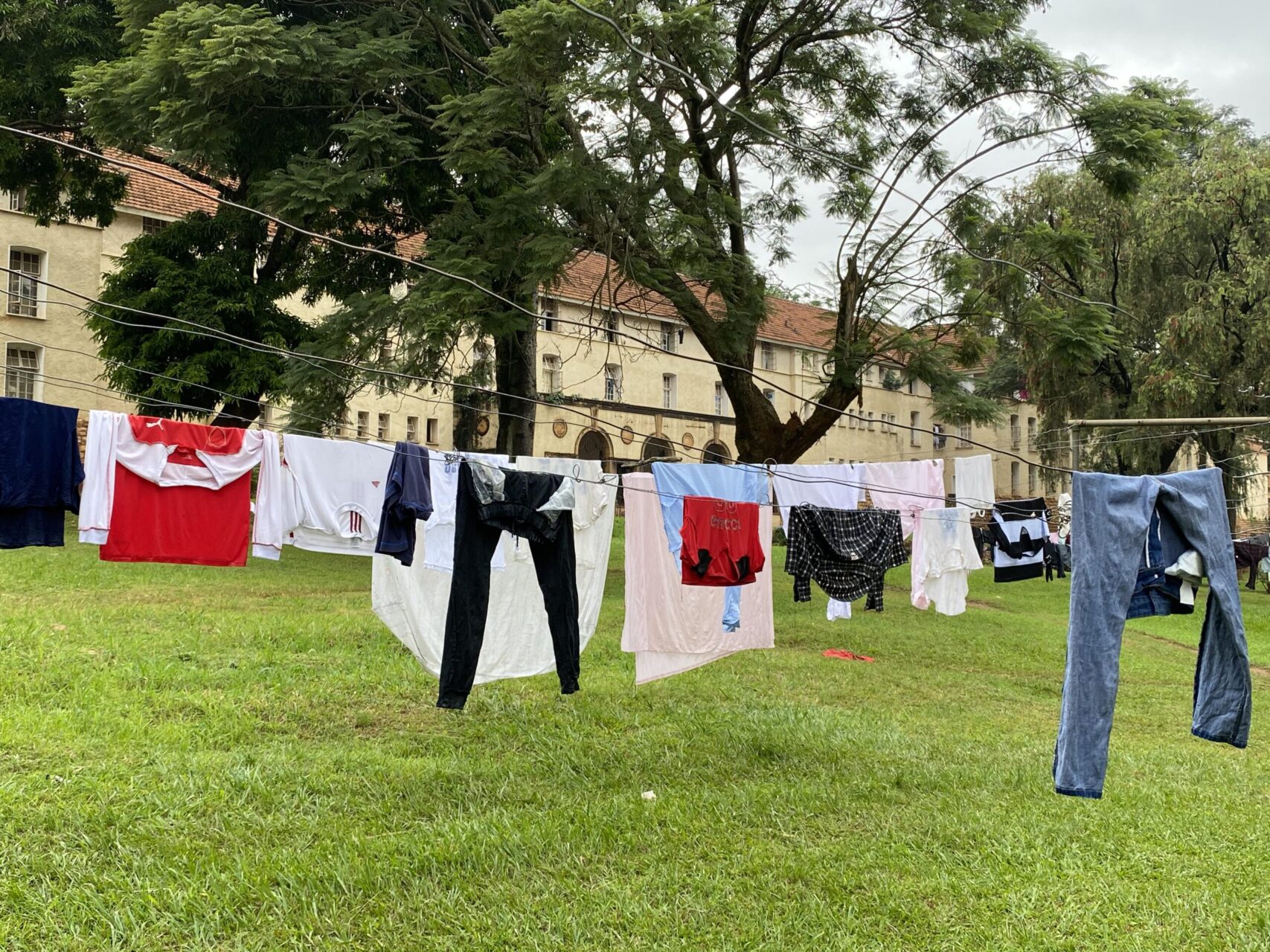
The SolaSoka team aims to help women in Uganda with hand washing with the Solar Soaker, just like the electric washing machine did in the Western world. For the time being, washing clothes is a time-consuming task for them, which takes up hours that they could also spend on study or paid work. The current generation of Solar Soakers is made in the Netherlands using vacuum forming. BPO has been asked to develop a new version of the Solar Soaker, which can hold more laundry with the same outer dimensions. By choosing injection moulding as a production technique, the product can be cost-efficient and mass-produced in Uganda.
The Solar Soaker is a ‘washing machine’, or a container with a transparent lid that warms up in the sun like a mini greenhouse. No moving parts are required. The heat ensures that the enzymes in the detergent can largely clean the laundry, which means that much less physical labor and time is required to do the laundry.

Left and center: the first generation Solar Soaker in Uganda. Right: New generation being tested in Uganda on the grounds of the Makarere Kampala university campus.
BPO has gone through a complete design process for the new version of the Solar Soaker. A storyboard was visualised to illustrate the challenges and possibilities of the passive washing machine. A storyboard helps to provide insight into the context of this product. From this, a number of sub-challenges arose that had to be solved in order to create a well-functioning Solar Soaker.
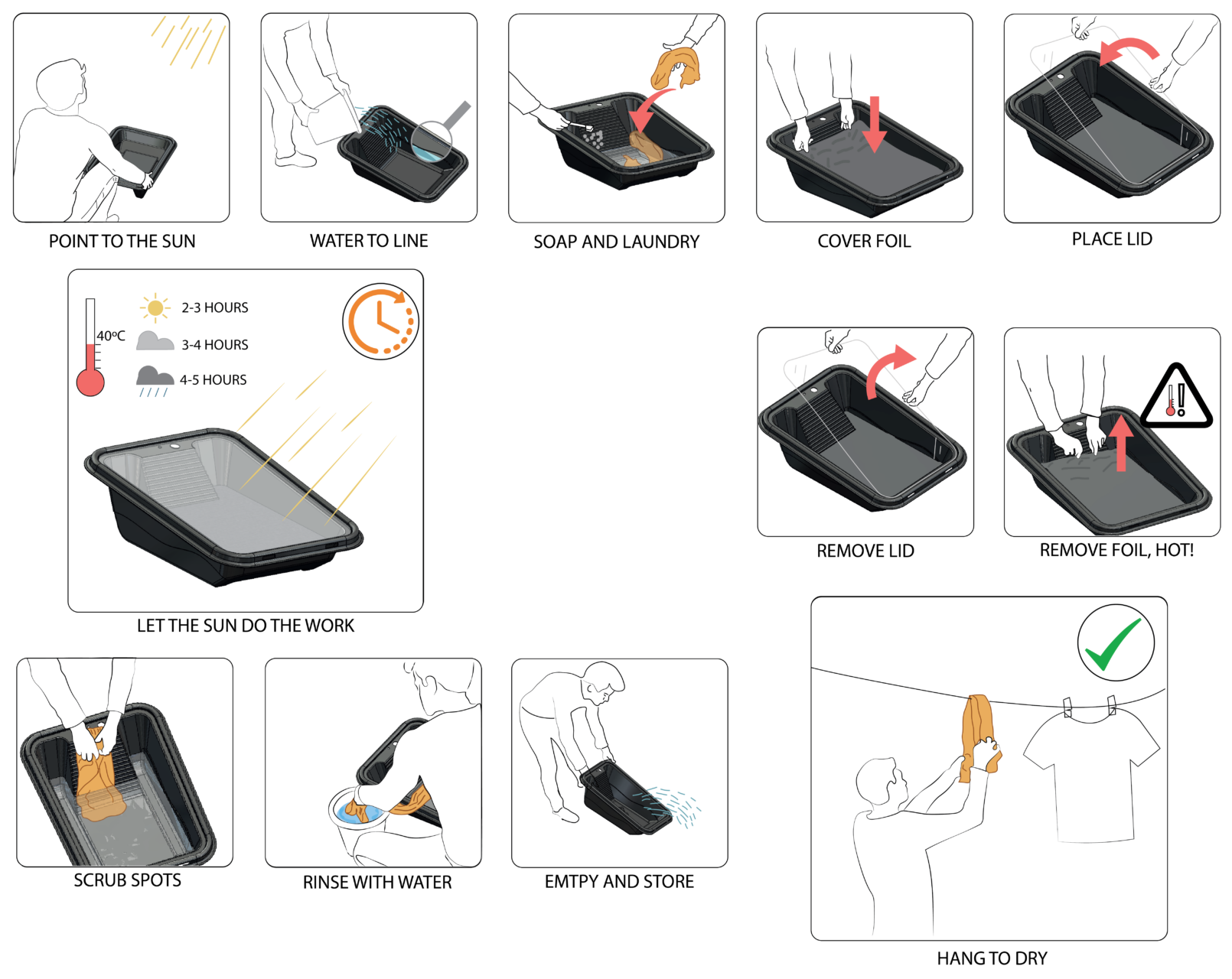
Storyboard about using the Solar Soaker
During the subsequent brainstorming and idea generation sessions, various solutions were devised. By means of a morphological map, logical combinations of the solutions were formulated and developed into three concepts.

Concepts for the Solar Soaker
The end product is elaborated and detailed based on one of the concepts. This box has an ideal angle for catching the sun with a removable transparent lid. At the rear of the container there is an integrally shaped surface, which can serve as a scrubbing surface for laundry. At the front there is a mounting for an optional extra sun-absorbing foil. After production and during transport, the containers and lids are nestable for optimal use of space.
The wall thicknesses and choice of materials of the Solar Soaker are tailored to the possibility of using recycled material at a later stage. The producer in Uganda collects local material, which they already use for limited production of other products. Tests are being conducted for the Solar Soaker to determine whether this material is suitable for production and use.
The first tests with the Solar Soaker on the University Campus of Makarere Kampala in Uganda were very successful. The water and washing temperature increased significantly within the desired time. Water consumption went from 37 liters with hand washing to 25 liters with the use of the Solar Soaker. A load of laundry that previously took 20 minutes to clean was now done in 3 minutes! The laundry was just as clean (based on the number of dirt particles found) as hand washing, but with the Solar Soaker of course a lot less effort.
For more information about the Solar Soaker, visit the website of SolaSoka.

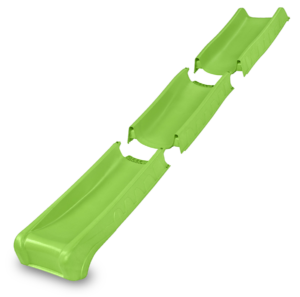
Flat pack slide
